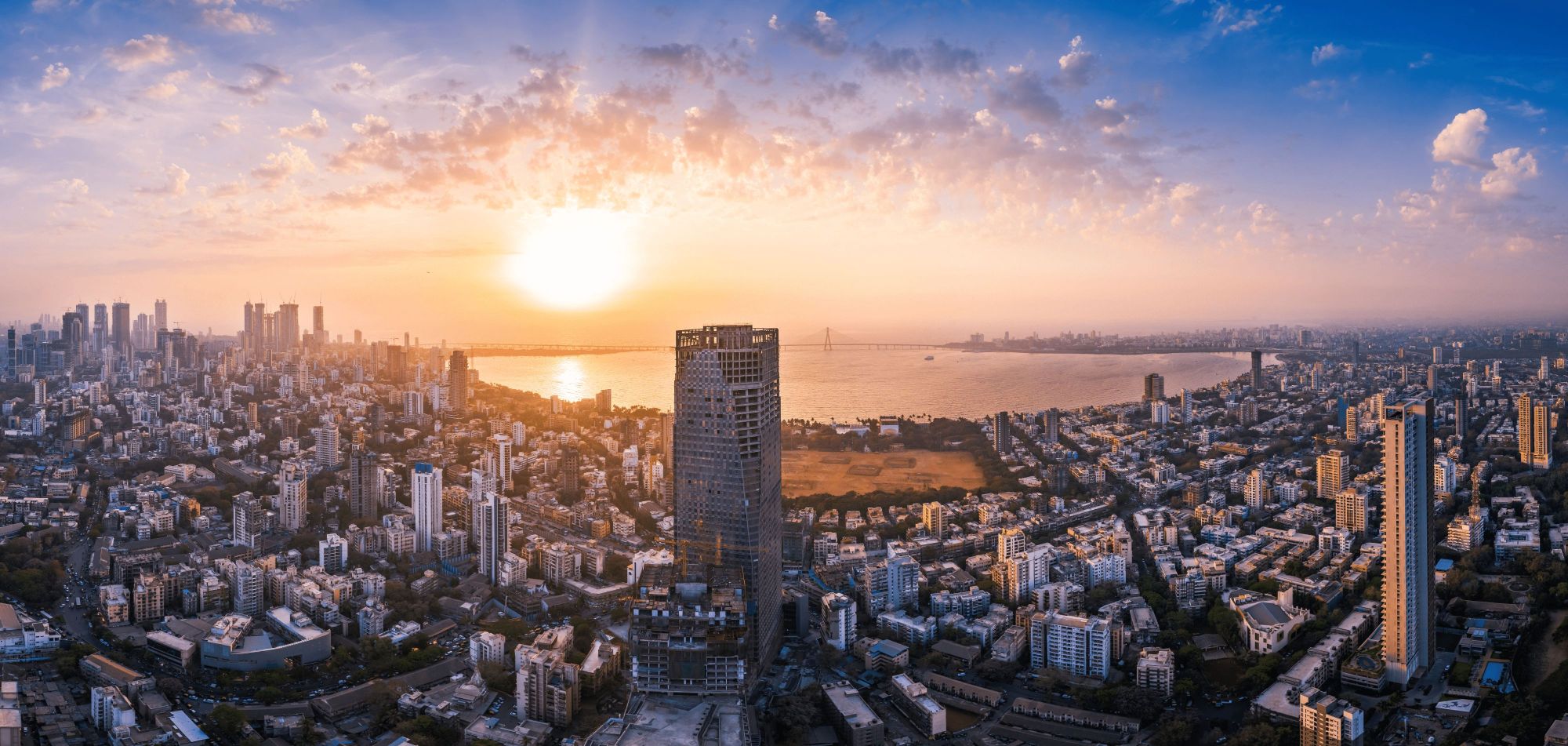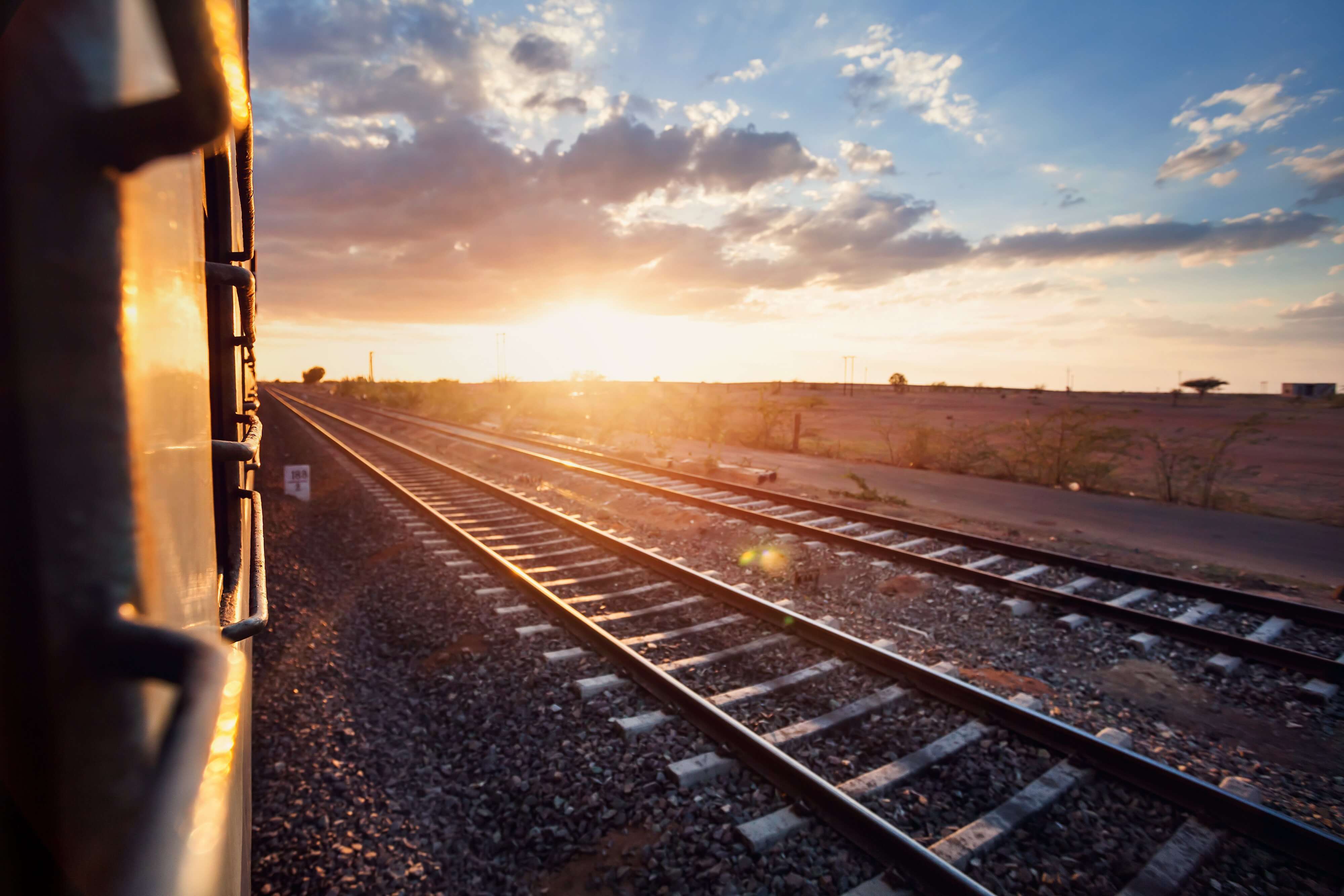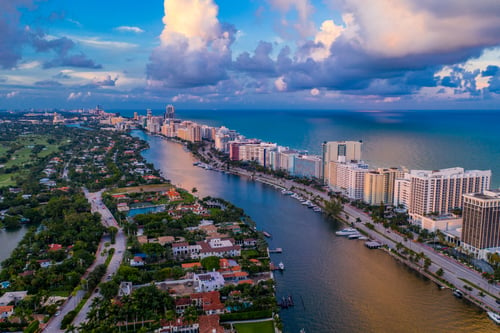In 1843 the Governor General of the East India Company had a bright idea: inspirational leader as we was of the blue-coated band of thugs making up his private army, Lord Ellenborough was never short of inspiration: “Railways”, he barked (I imagine him barking)…”Railways will be beneficial to the commerce, government and military control of the subcontinent”. You kind of know he barked on just long enough to blurt out the truth at the end. And, indeed, from their earliest beginnings India’s railways were all about the mother country: paid for entirely with Indian (not British) taxes, generating absurd profits for investors back home (including Lord Ellenborough), with whites only carriages that were decommissioned only because they became “economically unviable”. Even by early Twentieth Century standards, the third class carriages reserved for Indians attracted horrified comment: wooden walls, wooden benches and wooden heads in the management, with not a single amenity in sight: that non stop journey from Bombay to Bengal must have been a barrel of laughs.
To “protect its investment” Indians weren’t allowed to work on the new railways either (particularly, as signalmen), and when Indian run workshops in Jamalpur and Ajmer started to produce rolling stock that was just as good, but cheaper, than its British counterpart, Parliament took the extraordinary step of passing a statute making it illegal to design and build locomotives in India. That’s why not a single train was produced on the subcontinent between 1912 and 1947, when the British finally pulled out. After independence, Indian Railways even had to seek advice from Britain on how to set up and run a rail workshop: which is something of an irony because today the key technical adviser for Britain’s network is a company called RITES (www.rites.com): a subsidiary of Indian Railways.
But behind that sad miasma of avarice, extortion and protectionism, Lord Ellenborough at least got one thing right: railways have certainly been good for India’s commerce…although he probably meant British commerce (I’m giving him the benefit of a big doubt here).
Indian Rail Networks: a Powerhouse of Potential
Twenty three million people travelled every day on India’s railways before COVID restrictions were imposed last year: it was (and is) the lifeblood of the national economy, for the obvious reason that most people got (and will get) to work that way. On selected routes across the subcontinent, those restrictions were eased on 12 May (www.thehindu.com), and so the vast rail network, the fourth largest in the world thanks in dubious part to Lord Ellenborough, has started to grind its way back towards its full potential.
Of course, that’s not a potential that’s been lost on Prime Minister Modi’s Government: two dedicated freight corridors have already been fast tracked (Jawaharal to Dadri and Ludhiana to Dankuni), as well as an ambitious initiative to electrify the entire network by 2025, creating energy savings in excess of $1.55 Billion, adding 1.5% to GDP by way of infrastructure investment and supporting a 40% modal freight share across the economy. High speed trains no longer a thing of the future in India, the tracks are already being built: and there are new metro and monorail systems as well (www.indianrailways.gov.in).
Real Estate Development
Added to which, Real Estate is set to benefit too …
Indian Railways is in the process of redeveloping no less than sixty two terminals and major stations across the country: “travel nodes” as they’re quaintly called by CBRE India’s CEO and Chairman, Anshuman Magazine (www.cbre.co.in): this nationwide programme will not only transform the subcontinent’s urban landscape (in a way familiar to those who have watched St Pancras rise from the rubble), but will also revitalise city side amenities by making use of large tracts of adjacent land (especially in Mumbai and Bangalore, where existing land resources are scarce). Major stations, including New Delhi and the CST Terminal in Mumbai, have already been identified by the Government for privatisation (and monetisation), and the big winner will be India’s economy, and…at last, the Indian people.
Lord Ellenborough will be spinning in his grave….hopefully.
_08_03_2021%20V5-Sep-25-2021-01-56-10-42-PM.png?width=360&name=RRAM_Joint%20Venture%20Logo%20(Transparent)_08_03_2021%20V5-Sep-25-2021-01-56-10-42-PM.png)








